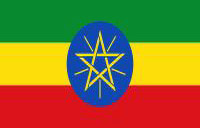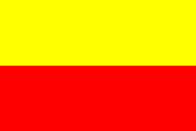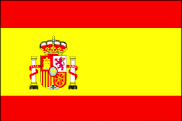
 The amazing history of the Nobel Prize, told in maps and charts. By Max Fisher, The Washington Post, October 15, 2013
The amazing history of the Nobel Prize, told in maps and charts. By Max Fisher, The Washington Post, October 15, 2013
Statistical Analysis of Chemistry Nobel Prize by Fields (1901-2017) By Nkemakonam Egboga, BSPE., M.S. Reservoir Engineer / Petroleum Engineer and Data Scientist
Statistical Analysis of Nobel Peace Prize by Fields (1901-2014) by Palak Kaur BSc IT, PDDB Marketing.
Statistical Analysis of Chemistry Nobel Prize by Fields (1901-2017)
By Nkemakonam Egboga, BSPE., M.S. Reservoir Engineer / Petroleum Engineer and Data Scientist
The Nobel Prize in Chemistry is awarded annually by the Royal Swedish Academy of Sciences as one of five Prizes established as per Alfred Nobel’s 1895 will. It has been awarded since 1901 ‘to those who have conferred the greatest benefit to mankind’ in Chemistry. Between 1901 and 2017, 109 Chemistry Prizes have been awarded to 178 Laureates born in 34 countries.
North American and European nations have dominated the Chemistry Prizes (in terms of affiliation at time of award), particularly Germany, USA and the United Kingdom, which together account for 75.7% of all Chemistry Nobel prizes.
More interestingly, a closer analysis of the country of affiliation of Chemistry Laureates by decade shows progression from European domination to North American domination.
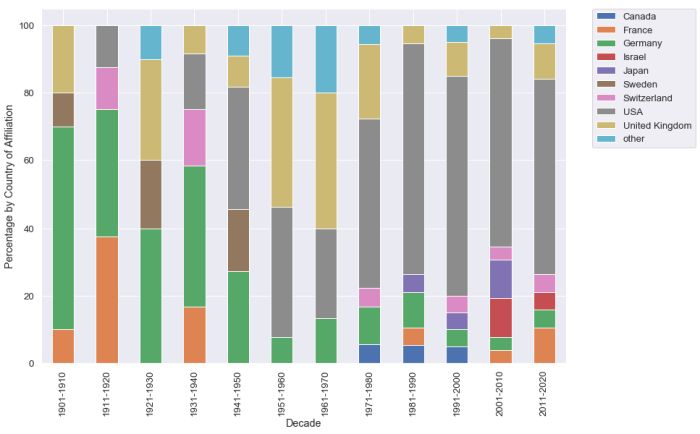 As Fig. 1 above shows, the Germans were awarded most (41%) of the Chemistry prizes between 1901 and 1950, followed by the United Kingdom (39%) between 1951 and 1970.
The United States has dominated the prizes from 1971 to 2017 (61%). The reason being that the US government greatly increased funding for scientific research in the middle
of the 20th century.
As Fig. 1 above shows, the Germans were awarded most (41%) of the Chemistry prizes between 1901 and 1950, followed by the United Kingdom (39%) between 1951 and 1970.
The United States has dominated the prizes from 1971 to 2017 (61%). The reason being that the US government greatly increased funding for scientific research in the middle
of the 20th century.
The Chemistry Nobel Prize has been awarded in 24 different fields of Chemistry. The following are the top 10 fields in order of number of times awarded:
- Biochemistry (awarded 56 times): Study of chemical processes relating to living organisms, particularly the role and structure of biomolecules.
- Organic Chemistry (46): Study of the structure, properties and reactions of carbon-containing materials and compounds.
- Physical Chemistry (37): The application of the theories of physics to analysis of the chemical properties and reactive behavior of matter.
- Structural Chemistry (20): Study of the structure of atoms/nuclei, the nature of chemical bonds and structures of molecules, as well as mass relations in chemical reactions.
- Nuclear Chemistry (13): Deals with radioactivity, nuclear processes and nuclear properties, particularly the chemistry of radioactive elements.
- Chemical Kinetics (11): Study of rates and mechanisms of reactions, including conditions that affect reaction speed.
- Natural Products Chemistry (11): Deals with chemical compounds found in nature that has a biological activity for use in pharmaceutical drug discovery and design.
- Theoretical Chemistry (11): Deals with theoretical generalizations that govern most aspects of modern chemistry.
- Industrial Chemistry (10): Study of the transformation of matter into useful materials in sufficient amounts.
- Inorganic Chemistry (9): Branch of Chemistry that deals with the synthesis and behavior of inorganic compounds.
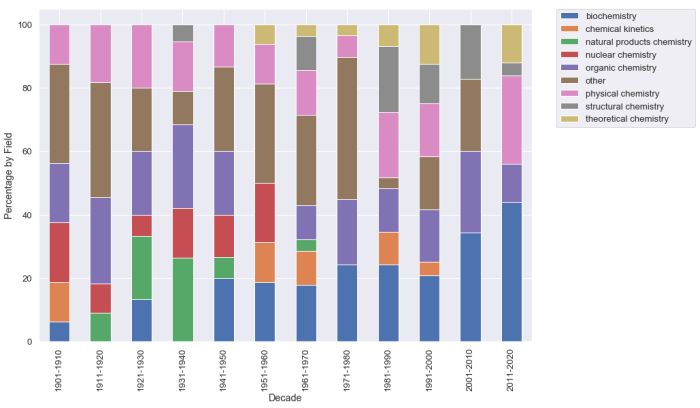
Figure 2: Distribution of Chemistry Nobel Prize Field by Decade
A closer look at trends in the field for which each Chemistry Prize was awarded reveals details regarding the evolution of Chemistry over the past century. Fig. 2 above shows that although a significant proportion of Chemistry Nobel Prizes awarded prior to 1960 were in Nuclear Chemistry, there have been no Nuclear Chemistry awards since 1961. Furthermore, biochemistry rose to prominence between 1941 and 1950 and has remained the dominant field in Chemistry. Organic Chemistry has been well represented in every decade since 1901, except between 1951 and 1960, when no Chemistry Nobel Prize was awarded in that field.
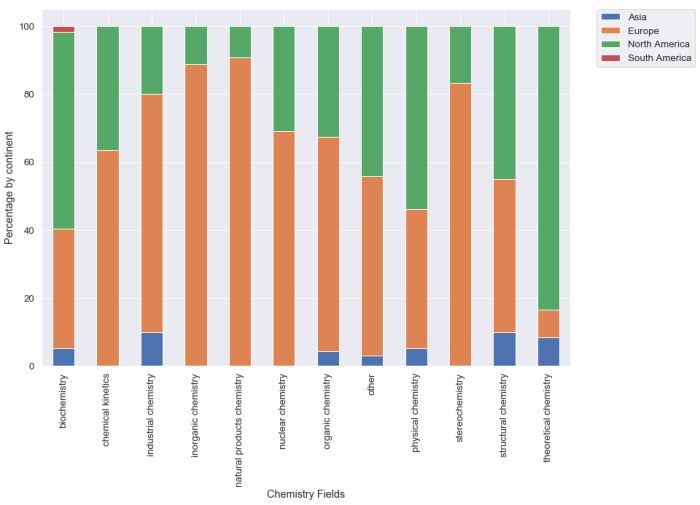
Figure 3: Distribution of Continents of Affiliation for Chemistry Fields
A more interesting perspective is revealed by analyzing the continents responsible for advances in each of the top 10 Chemistry fields. For example, Fig. 3 above shows that 89% of prizes for Inorganic Chemistry were awarded to European-affiliated Laureates. 83% of prizes for Theoretical Chemistry were awarded to North American-affiliated Laureates. Overall, Europeans have dominated Chemical Kinetics, Industrial Chemistry, Inorganic Chemistry, Natural Products Chemistry, Nuclear Chemistry, Organic Chemistry and Stereochemistry, while North Americans have dominated Biochemistry, Physical Chemistry and Theoretical Chemistry.
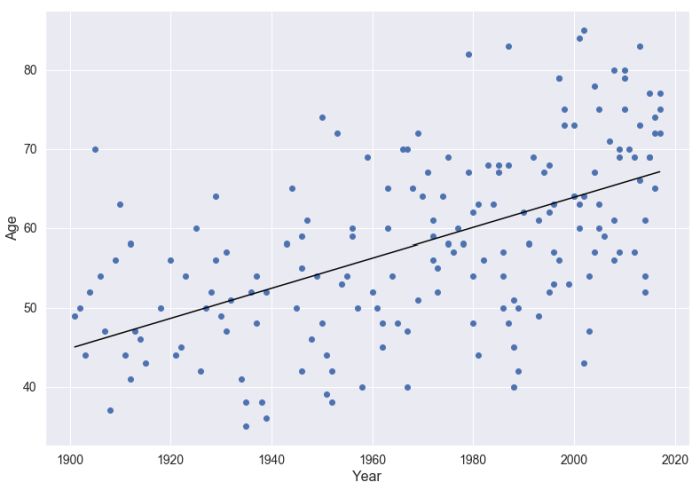
Figure 4: Increasing Age of Chemistry Nobel Prize Laureates
Finally, Fig. 4 above shows the progression of the age of Chemistry Laureates at the time of the award. The average age has increased from around 52 in the first decade of the award [1901-1910] to about 71 in the last decade analyzed [2011- 2017].
Discover Your Abilities and Aspirations!
 $10 $25 $50 $100 Other
$10 $25 $50 $100 Other
Tax Exempt 501(c)3 Non-Profit Organization
Any Currency
“…the peace that is found in libraries and laboratories…” - Louis Pasteur
Copyright © 2023 Ganga Library Inc. All Rights reserved.;


 The Nobel Prize: Immigrants in Excellence. By Jean Leon Boucher, Institute for Immigration Research, George Mason University, Research Brief, Nov 2013
The Nobel Prize: Immigrants in Excellence. By Jean Leon Boucher, Institute for Immigration Research, George Mason University, Research Brief, Nov 2013




